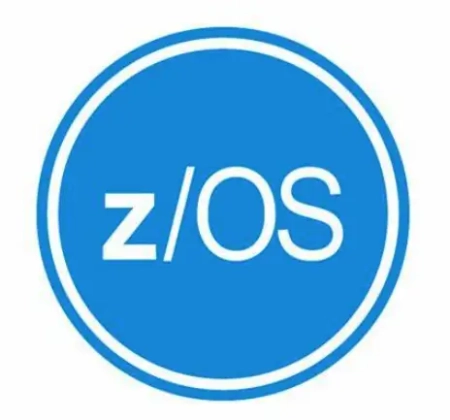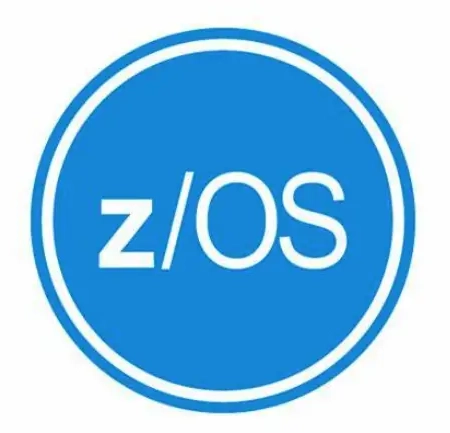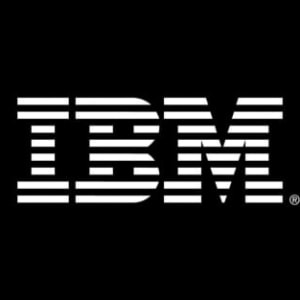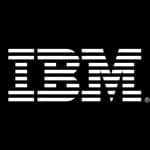Descripción
En SIXE llevamos más de 12 años impartiendo formación oficial de IBM en todo el mundo. Obtenga la mejor capacitación impartida por nuestros especialistas en Europa y América Latina.
Datos del curso
| Código IBM: SS83GES / SS83G | Categoría / Subcategoría: z/OS / JCL |
| Modalidad: Online y presencial | Duración en días: 4 |
Público al que va dirigido
Este es un curso intermedio para personas que administran conjuntos de datos utilizando IDCAMS y VSAM.
Requisitos previos deseados:
Debe completar:
- Instalaciones de z / OS (ES15)
- Control de trabajos de z / OS Idioma y utilidades (ES07) o
- Habilidades fundamentales del sistema en z / OS (ES10)
- o tienen experiencia equivalente
Instructores
La gran mayoría de los cursos de IBM que ofrecemos están impartidos directamente por nuestros ingenieros. Solo así podemos garantizar la máxima calidad de los mismos. Complementamos todas las formaciones con materiales y laboratorios de elaboración propia, basados en nuestra experiencia durante los despliegues, migraciones y cursos que hemos realizado durante todos estos años.
Valor añadido
Nuestros cursos están profundamente orientados al rol a desempeñar. No es lo mismo las necesidades de dominio de una tecnología para un equipo de desarrolladores, que para las personas encargadas de desplegar y administrar la infraestructura. Es por ello que más allá de comandos y tareas, nos centramos en la resolución de los problemas que se presentan en el día a día de cada equipo. Proporcionándoles los conocimientos, competencias y habilidades requeridas para cada proyecto. Además nuestra documentación está basada en la última versión de cada producto.
Agenda y temario del curso
Introduction to VSAM data sets
- describe the structure, organization, and use of VSAM clusters
- explain the function of Control Intervals (CI) and Control Areas (CA)
- describe the purpose of CI splits and CA splits and how they are accomplished
- estimate DASD space requirements for various cluster types
ICF catalogs
- discuss the use of the ICF catalog
- describe the structure, purpose, and basic contents of the master catalog
- describe how the master catalog is located at initial program load (IPL) time
- discuss the structure, purpose, and basic contents of user catalogs
- create the ICF catalogs
- describe the catalog search
- discuss and create the two types of alias
IDCAMS commands, part 1
- discuss the IDCAMS program
- code the JCL to run IDCAMS
- code the DEFINE CLUSTER command to create specific VSAM data set organizations
- code the LISTCAT command to format and print entries from the catalog
JCL for VSAM
- explain creation and deletion of VSAM clusters using JCL and the DFSMS data class facility
- describe the additional JCL parameters that support VSAM clusters
- discuss the purpose of data class
- explain the assignment of data class through JCL and the Automatic Class Selection (ACS) routines
IDCAMS commands, part 2
- describe the function of REPRO, PRINT and DELETE commands
- use REPRO to load and back up a VSAM cluster
- use PRINT to print a VSAM cluster in various formats
- use DELETE to remove the catalog entry for the data set and scratch the data set from the volume
- describe and code modal commands to provide for conditional execution of Access Method Services (AMS) statements
Buffering
- explain how buffer space may impact performance either positively or negatively
- explain the use of data and index buffers in sequential processing and direct processing
- evaluate the use of JCL Access Method Parameters (AMP) keywords to manage buffers
- code the buffer keywords on the Dataset Definition (DD) statement
VSAM integrity and security
- explain how integrity and security is maintained
- discuss the meaning and use of SHAREOPTIONS
- discuss the need for serialization of updates to a data set
- describe how ENQ/DEQ macros are used to serialize data set updates in multiregion and multisystem environments
- explain the impact of buffering and SHAREOPTION modifications
- explain VSAM record level sharing
- use the VSAM integrity and security options: RECOVERY, ERASE, VERIFY, and passwords
- compare VSAM passwords with Resource Access Control Facility (RACF) security
Tuning
- explain the use of CI and CA FREESPACE
- discuss the performance impact of cache
- describe the space allocation process with KEYRANGES and multivolume data sets
- explain the contents of an Index CI
- explain how VSAM key compression works
IDCAMS ALTER
- explain the basic functions of the ALTER command
- code the ALTER command to modify options for processing existing VSAM objects
- code the ALTER command to modify options for buffering, FREESPACE, SHAREOPTIONS and passwords
Alternate indexes
- describe the reasons for using an alternate index
- discuss the basic contents of an alternate index
- use a PATH to process base cluster records directly and in alternate key sequence
- define and load an alternate index
- explain the impact of SHAREOPTIONS when opening a base cluster and associated alternate indices
- explain programming and JCL considerations
Advanced functions and extended format data sets
- explain VSAM advanced functions, extended format data sets, and their major features
- explain data stripping
- explain compression
- explain multivolume allocation options
- explain extended addressability
- explain system managed buffering
- explain partial space release
- explain space constraint relief
Data set reorganization, backup, and recovery
- describe the need for data set backup
- explain the advantages and disadvantages of REPRO
- explain the advantages and disadvantages of EXPORT / IMPORT
- explain the advantages and disadvantages of DFSMS Data Set Services (DFSMSdss) DUMP / RESTORE
- explain the advantages and disadvantages of DFSMS Hierarchical Storage Management (DFSMShsm) HBACKDS / HRECOVER
- discuss backup frequency
- determine when reorganization is required
- code the AMS commands for backup, recovery, and reorganization
Linear Data Sets (LDS)
- describe Data-In-Virtual (DIV)
- explain the structure and use of LDS
- explain the use of the DIV macro to access LDS
- discuss candidates for LDS
Management and problem analysis aids
- explain the use of the DCOLLECT command to gather management and planning information about the storage subsystem
- discuss tools used to identify and trace VSAM errors
- code the AMS EXAMINE command to test the structure of a Key Sequenced Data Set (KSDS)
- interpret EXAMINE output to determine how to recover from a KSDS structural error
- invoke the Generalized Trace Facility (GTF) to track VSAM-related events
- invoke utilities to print GTF trace output
Local and global shared resources
- explain techniques to conserve virtual storage by sharing buffers and control blocks
- discuss the concept of shared resource pools
- discuss the advantages and disadvantages of Local Shared Resources (LSR)
- discuss the advantages and disadvantages of Global Shared Resources (GSR)
- describe macros that control use and allocation of shared resources
- discuss how to specify and monitor shared buffer allocation in CICS and Information Management System (IMS)
CICS VSAM recovery
- describe the major functions of CICS VSAM recovery
- explain the concept of transaction processing, backup, and recovery
- explain how to implement and manage CICS VSAM recovery
Application coding considerations
- describe VSAM processing terminology
- define various VSAM processing options
- explain the merge of catalog entries, JCL parameters, and program definitions that determine processing options
- discuss VSAM programming support, and JCL requirements in Common Business Oriented Language (COBOL), Programming Language One (PL/I), and Assembler languages
- describe JCL and programming requirements for COBOL, PL/I, and Assembler languages
¿Necesita adaptar este temario a sus necesidades? ¿Está interesado en otros cursos? Consúltenos sin compromiso.
Ubicaciones para impartición presencial
- España: Madrid, Sevilla, Valencia, Barcelona, Bilbao, Málaga
- Argentina: Buenos Aires, Córdoba
- Bolivia: La Paz
- Chile: Santiago de Chile
- Colombia: Bogotá, Medellín, Cartagena, Cali
- Costa Rica: San José
- Ecuador: Quito
- México: Ciudad de México, Guadalajara, Monterrey
- Paraguay: Asunción
- Perú: Lima
- Portugal: Lisboa, Braga, Porto
- Uruguay: Montevideo



 IBM
IBM
 IBM
IBM